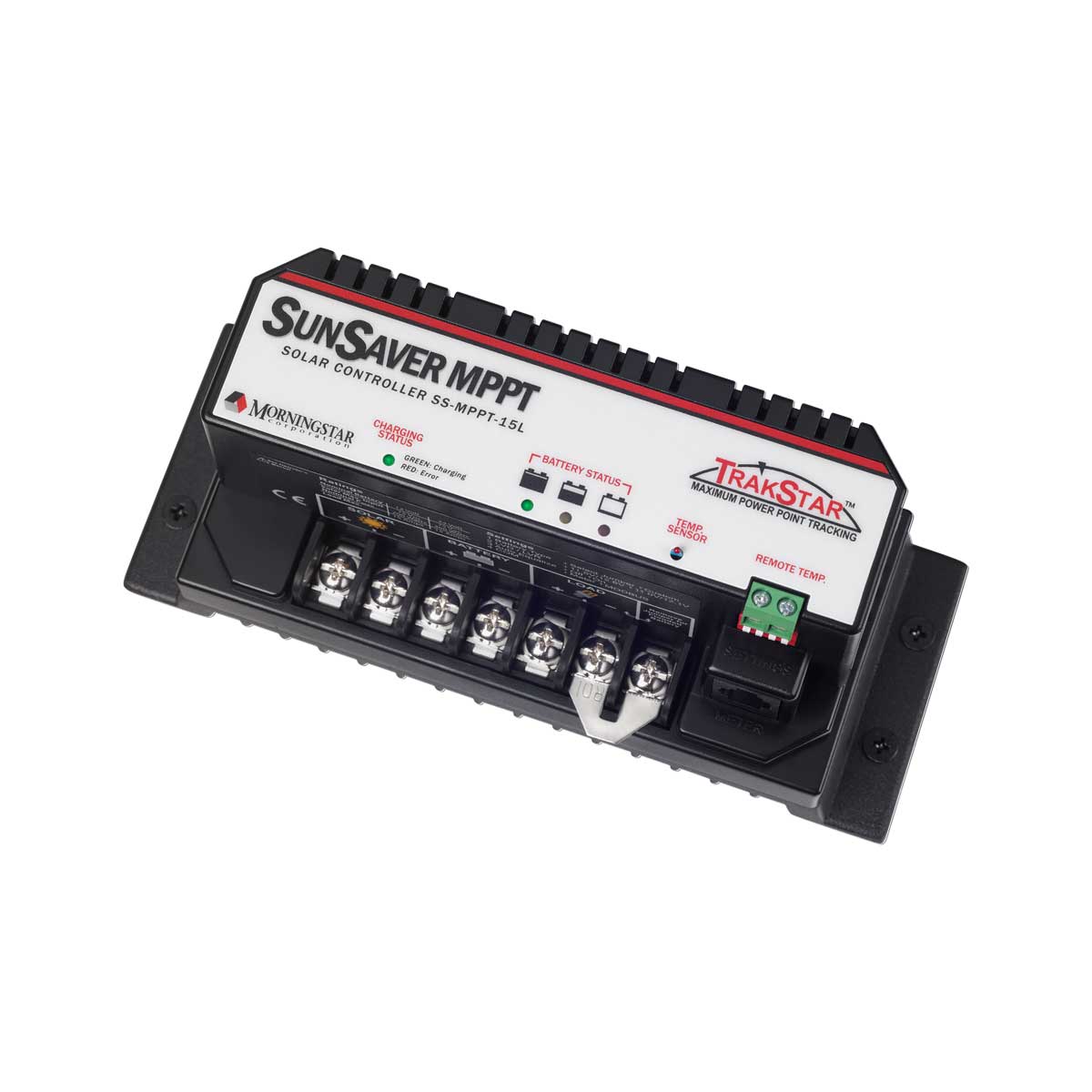Hi all. I've been running in circles around this forum for a while now and need to go ahead and get some informed feedback before I confuse myself any further!
I think I have one of the few uses where it makes sense to keep it simple and not use batteries. I basically need to add some fans to a barn where I season/dry lumber and this setup will eventually be moved to a solar kiln when I get around to building it PLANS HERE
The goal for the fans are to run "as much as possible". The more it/they run, the faster the lumber will dry and the less the chance for mold and mildew related staining but there is no minimum required for comfort. cloudy periods, etc. While having batteries and some LED lights in the barn would be nice, I think getting the timing down for the fans where I run them as much as possible without over-draining the batteries would be a serious challenge unless the system was sized much larger than I think makes sense for this.
Ideally I'd direct wire a couple of 12v fans to 1-2 100W 12volt panel, let them run when they run and be done with it. The more reading I do here however, the more I start second guessing that. Do I need 24v panels? Should I buy batteries and a MPPT charge controller? Will I need to limit the voltage coming off the panels to 12V if I direct wire? Things seem to spiral out of control and get complicated and expensive real quick.
There is a problem with the "simple" direct-wire option also in that there really doesn't seem to be many options out there for moving a descent amount of air on 12V, especially oscillating where a "typical" $40 oscillating room fan would do the job perfectly.
Can someone plant me in reality here? This thread was super helpful but I feel this person ultimately needed a bit more out of their system than I do.
Thanks for reading.
I think I have one of the few uses where it makes sense to keep it simple and not use batteries. I basically need to add some fans to a barn where I season/dry lumber and this setup will eventually be moved to a solar kiln when I get around to building it PLANS HERE
The goal for the fans are to run "as much as possible". The more it/they run, the faster the lumber will dry and the less the chance for mold and mildew related staining but there is no minimum required for comfort. cloudy periods, etc. While having batteries and some LED lights in the barn would be nice, I think getting the timing down for the fans where I run them as much as possible without over-draining the batteries would be a serious challenge unless the system was sized much larger than I think makes sense for this.
Ideally I'd direct wire a couple of 12v fans to 1-2 100W 12volt panel, let them run when they run and be done with it. The more reading I do here however, the more I start second guessing that. Do I need 24v panels? Should I buy batteries and a MPPT charge controller? Will I need to limit the voltage coming off the panels to 12V if I direct wire? Things seem to spiral out of control and get complicated and expensive real quick.
There is a problem with the "simple" direct-wire option also in that there really doesn't seem to be many options out there for moving a descent amount of air on 12V, especially oscillating where a "typical" $40 oscillating room fan would do the job perfectly.
Can someone plant me in reality here? This thread was super helpful but I feel this person ultimately needed a bit more out of their system than I do.
Thanks for reading.


Comment